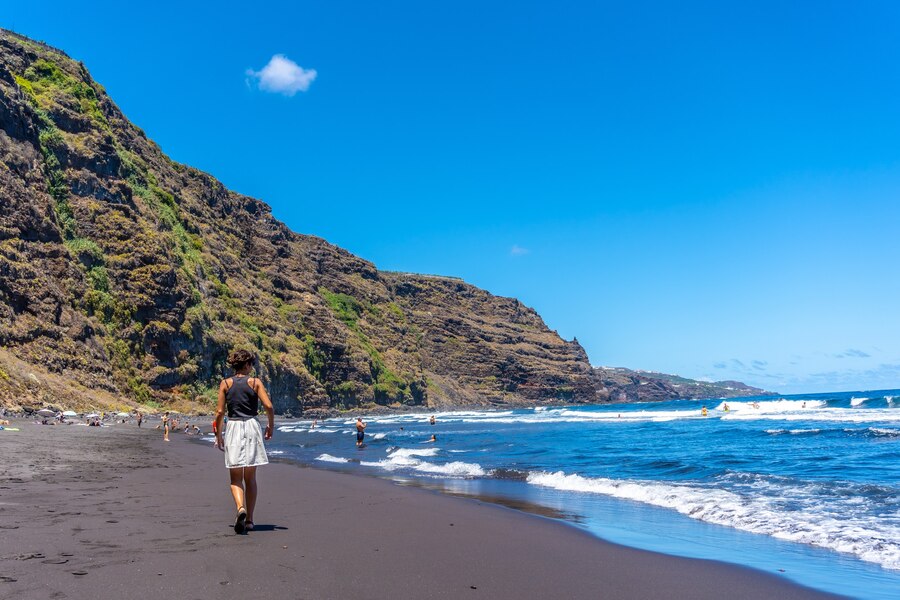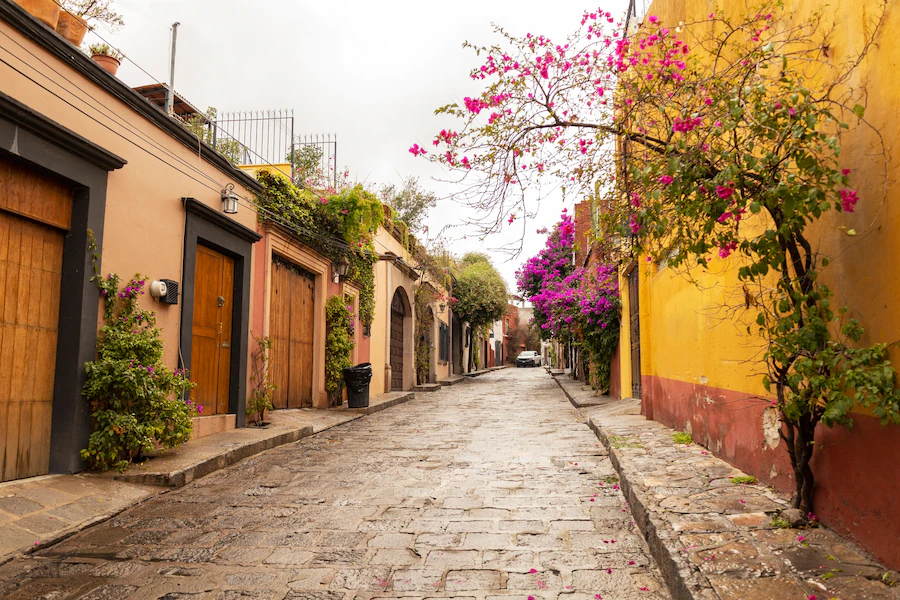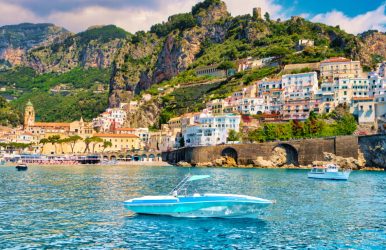7 Major Factors To Consider When Choosing An Airline For Travel
BY Abdul Aziz Oct 20, 2021
Do you know why every time we take a flight, we tend to remember the bad experiences more than the good ones? This is because air travel has become something that we expect to be comfortable, convenient, affordable, and great! Individuals, families, and professionals take flights for several reasons. It might be for business or pleasure. However, one thing is for sure. All of us want the experience to be a non-stressful one. With the world slowly opening up after the pandemic, you might be planning to go on your next business trip or vacation. With so many different airline options out there, choosing the right carrier to fly with can be an overwhelming experience. In this resource article, we help air travelers make an informed decision about choosing the best airline to fly with. We list down seven factors that should be taken into consideration when booking and flying with an airline. List of 7 Major Factors to Consider when Choosing an Airline for travel 1. Address the Value-For-Money Proposition- There is a reason why everyone wants the best deals on airline travel tickets. This is primarily because when it comes to air travel, we are looking for the best value-for-money proposition. This necessarily does not mean the cheapest tickets available. It means assessing whether the kind of money you are paying is commensurate to the level of experience you are expecting. For example, if you look to book air asia on a travel portal, you know that you will be getting a fantastic experience in terms of pricing, availability, check-in features, and more. 2. Explore Loyalty Programs on Airlines- If you are someone that uses air travel a lot, you would have some credit card type of benefits. In this day and age, most airlines offer loyalty programs and memberships. This allows you to enjoy facilities like upgrades in seating class, use of the lounge, last onboarding and first deboarding benefits, and more. Make sure you check the website of the airline and cash in those loyalty points that you have steadfastly acquired over the years. You can also explore whether you cash in your credit card points on a flight to gain added benefits or not. Consider Reading: 5 Tips To Protect Your Passport While Travelling Abroad 3. Consider the Comfort of the Seats- Budget carriers are notorious for compromising on the legroom, shoulder room, and overall sense of space. While these are common concerns across airlines, there are some carriers that offer better seating positions as compared to their competitors. If you are taking a long flight, you need to ensure that you are sufficiently comfortable. This is even more important if you are traveling with senior parents, who can feel uncomfortable if they are unable to move their feet sufficiently. For taller individuals, seat design and positioning are very important. This is one of the leading reasons why travelers book air, Asia. 4. Check out the In-Flight Entertainment Options on board- Most of us are so wired to our laptops and smartphones that we feel that they will be sufficient on flights. That is not the case. If you have in-flight entertainment in the form of screens, headphones, and streaming platforms, your travel experience will be better. For starters, you will not feel the strain in your hands from holding up your mobile device for long hours. Secondly, you will not start looking for battery sockets. A good in-flight entertainment system can make a major difference to your travel experience. 5. Look at the ease of Web Check-Ins and Reserving Seats- If you are taking a flight, you want the last-minute hassles to be out of the way. A cool way to reduce them is to opt for web check-ins. While most carriers offer this, the experiences vary drastically. Look for how easy check-in options are on the carrier’s website. Make sure to book seats in advance if they allow that. You can book aisle or window seats depending on your preferences. This is a great thing if you are traveling with kids or senior parents. You might have to look at so many other things. Striking out web check-ins can reduce your pressure. 6. Examine the COVID-19 Safety Protocols on the Airline- We are living in difficult times and you need to make sure that the airline you are choosing is as cautious about safety as you are. It is best that you go for an airline that prioritizes social distancing norms, has sanitation, distributes masks, and ensures that all their staff is vaccinated. The best airlines disinfect common areas, touchpoints, seats, and toilets after every flight. Be sure to go on the website of the airline and see what steps they are taking to follow the COVID-19 safety protocols. A little cautiousness goes a long way in ensuring safety. 7. Read Reviews on the Customer Service of the Airline- There are so many small things that can make a huge difference to your overall airline experience. One of them is customer service. From the way your tickets are processed to the manner in which the steward or air hostess addresses your concerns with a smile, everything can make a difference to customer service. Leading airlines like AirAsia have been regularly voted as being the best when it comes to customer service. You can understand it through checking up an airline’s social media pages or heading over to platforms like Quora. You can also see the importance of customer engagement, customer satisfaction, and customer experience for a business at https://www.qualtrics.com/experience-management/customer/customer-engagement/ where it is clearly explained. Consider Reading: 10 Tips For Traveling Across Europe The Final Word There are other factors that you can also take into consideration. Many travelers look for airlines that have been voted highly on the quality of food. If you are traveling for business purposes, you might need to work on a last-minute presentation or send emails. In this regard, you need an airline that offers network connectivity in the form of Wi-Fi. Most experts recommend that if you are looking for the best prices on airline tickets, you should compare travel platforms. You also need to be flexible, if you are traveling for personal reasons and not professionals. Shifting your flight by a day or two can translate into lower prices, better amenities, and a newer aircraft. If you have any other questions, you would like us to address on choosing the best airline for travel, please let us know in the comments below. We will be more than happy to address as many of your concerns as possible. Read Also: Travel Insurance: What Is It And Why You Should Get One Improve Your Travel Experience By Hiring A Limo













